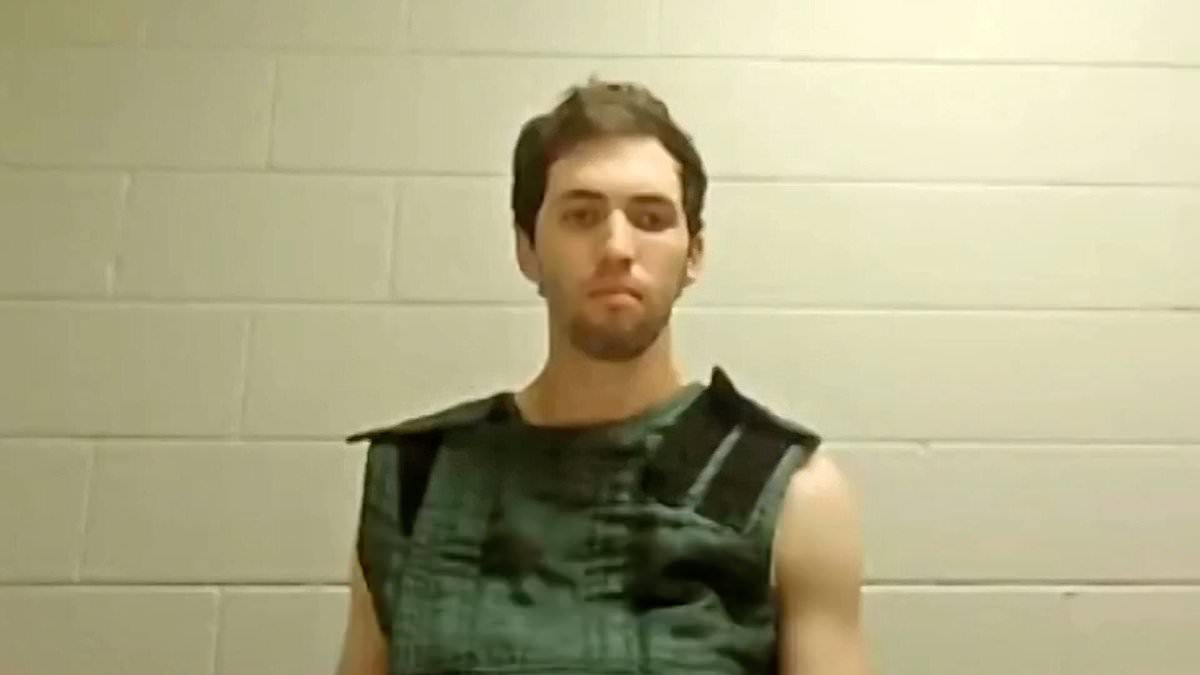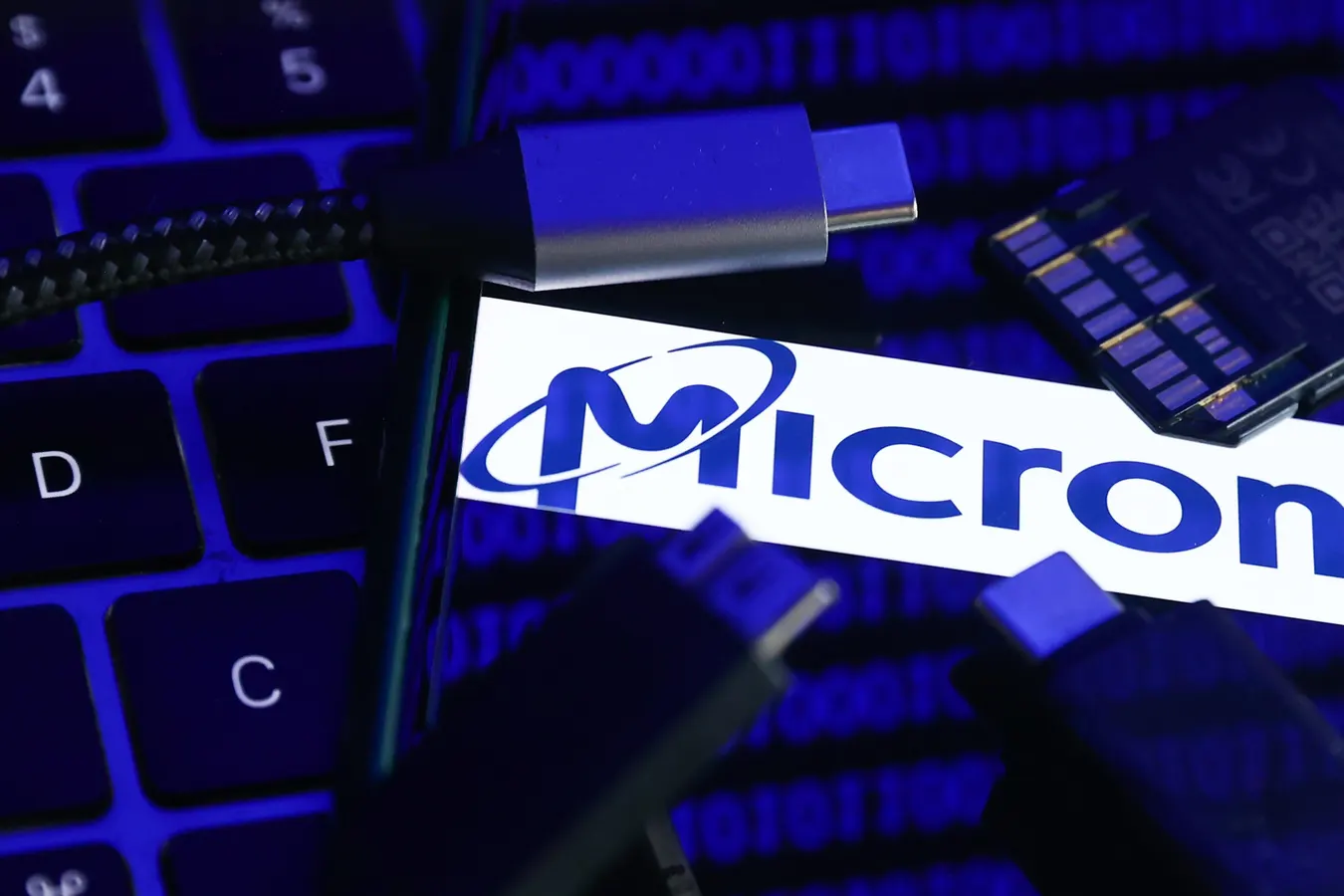Detective reveals reason behind chilling new trend among ‘next generation of killers’ after Charlie Kirk’s murder
By Editor,Susan Greene
Copyright dailymail

Karan Kirkham rushed to check her business records last week when hearing that messages etched into bullet casings had been found in the gun used to kill Charlie Kirk.
‘I wanted to make sure we didn’t have anything to do with it,’ said the Louisiana-based Etsy.com merchant who engraves custom messages on to bullets.
Yet it wasn’t Kirkham’s Bullet Designs Inc., nor any other company that inscribed cryptic messages on the four rounds found in the rifle used to assassinate the popular conservative activist, author and media personality.
Tyler Robinson, the 22-year-old alleged shooter, engraved them himself, a charging document filed Tuesday alleges.
Inscribing messages on bullets is nothing new.
In waves of so-called ‘Trench Art’ during both world wars, soldiers engraved ammunition in their downtime as keepsakes to commemorate fallen comrades.
Some gangs have been known to inscribe casings with names and messages as a form of intimidation.
And a quick search on Etsy turns up at least 34 businesses, including Kirkham’s, that etch names, motivational messages, inside jokes and expressions of affection on bullet casings, mainly for custom novelty gifts.
What is new, experts say, is the practice of writing messages on ammunition to use in high-profile killings.
‘There’s a trend emerging here,’ said Jillian Snider, a retired New York City police officer who lectures in John Jay College’s Department of Law, Police Science and Criminal Justice Administration.
She sees bullet messages as a hallmark of a new generation of killers – the shooters’ way, through the first real evidence collected, to make a statement right when the story is fresh.
‘Traditionally, you’d see handwritten notes or manifestos for the world to read after the fact. But now they’re leaving notes on the very objects they’re using to actually kill people.’
The practice made headlines in December when the words deny, defend and depose, scrawled with a Sharpie, appeared on 9mm shell casings where UnitedHealthcare CEO Brian Thompson was fatally gunned down on a New York City street.
Those words, which refer to a phrase describing tactics insurance companies allegedly use to avoid paying medical claims, became public days before suspected killer Luigi Mangione, then 26, was identified and arrested.
By leaving them like breadcrumbs at the crime scene, Snider and other experts say, Mangione seems to have intentionally framed how the narrative around the CEO’s assassination would unfold.
Borrowing from messaging practices commonly used in marketing and politics, they say he clearly wanted the public discussing the insurance industry and its ethics while the manhunt was leading the news cycle.
It was a way to immediately engage Americans about his beliefs before they might grow bored with the story.
Even before Mangione was caught at a McDonalds in Pennsylvania four days after the shooting, Thompson’s nameless hooded shooter had become a folk hero among some Americans frustrated by health insurance companies denying benefits.
His cult following endures nine months later, as evidenced by the throngs celebrating a judge’s decision to drop two state terrorism charges against him on Tuesday.
In late August, Robin Westman, 23, borrowed from Mangione’s playbook by inscribing ammunition and weapons with messages before opening fire during a school-wide mass attended by students and faculty at Church of the Annunciation, a Catholic school in Minneapolis.
She killed two students, ages 8 and 10, wounded 14 others and three adults before turning her rifle on herself in a nearby parking lot.
Among the words Westman wrote on her rifles and loaded magazines were the names of other mass shooters, including Aurora movie theater killer James Holmes, Sandy Hook gunman Adam Lanza, Abundant Life Christian School shooter Natalie Rupnow, New Zealand Christchurch mosque shooter Brenton Harrison Tarrant, and Norwegian neo-Nazi Anders Behring Breivik, who killed 77 people and injured 319 others.
She also inscribed her guns and ammo with messages including ‘kill Donald Trump,’ ‘666,’ ‘6 million wasn’t enough,’ ‘Jew Gas,’ ‘Israel must fall,’ plus ‘I am a terrorist,’ which she wrote in Russian, along with other violent slogans.
Westman – who was born Robert before transitioning to female – also revealed her rambling journal entries in YouTube videos that she took time to go online during her attack.
They, like the inscriptions on her guns and ammo, seemed a carefully planned way of shedding light on her jumbled thoughts and troubled state of mind in real time as the horror played out.
She indicated that she ‘was tired of being trans’ and wished she ‘never brain-washed’ herself into transitioning.
‘This is not a church or religion attack, that is not the message,’ she wrote. ‘The message is there is no message.’
If high-profile shootings are iterative, as most experts who investigate and study them believe they are, Kirk’s killer seems to have riffed off both Mangione and Westman in what he clearly anticipated would be a mass rush to understand the assassination.
Instead of writing on ammunition like those two other millennial shooters, he carefully engraved his words into four rifle rounds.
On the one cartridge he fired, he wrote, ‘NoTices Bulge. OWO What’s This?’ – furry fandom lingo that refers to male genitals.
On a second cartridge, which was unspent, he wrote, ‘Hey Fascist! Catch!’ with a series of arrow symbols evocative of moves in the popular video game Helldivers 2 that launch a powerful bomb.
The bomb has become a meme in the gaming community symbolizing something that’s comically excessive.
On another unspent cartridge, he wrote, ‘O Bella ciao, Bella ciao, Bella ciao, Ciao, ciao!’ lyrics of a World War II Italian anti-fascist anthem.
And on a third unspent cartridge, he wrote, ‘If you Read This, You Are GAY. LMAO,’ short for ‘laugh my ass off,’ in an apparently ironic reference to homophobia.
Prosecutors say Robinson reviled Kirk for his anti-LGBTQ stances and for spreading hate for transgendered Americans like his apartment mate and lover.
They have not provided a visual image of Robinson’s inscriptions nor revealed whether they he made them by hand with some sort of hard stylus, or with a laser or some other type of engraving device.
Robinson’s messages were written in parlance used in gamer, kink and politically progressive circles, and in the shorthand of millennials who came of age texting.
They read like a inside jokes, full of irony and lacking in earnest emotion.
‘The f*kin messages are mostly a big meme,’ Robinson’s charging document shows he wrote his roommate and partner after the shooting.
His cryptic messages sent a confused nation turning to sites like KnowYourMeme.com, which touts itself as ‘the world’s largest internet authority,’ for translation.
‘They knew that they’d be discovered and posted about,’ the site’s editor in chief, Don Caldwell, told Wired last week.
‘People understand that memes are very powerful and get a lot of attention. As soon as people read them, they’re going to desperately try to figure out what the reference means. It makes it more interesting.’
Because shooters writing on bullets is relatively new, Snider notes ‘there are no academic studies on it yet.’
Her take is that it’s an easy way for 20-something killers ‘to draw attention and seek out instant notoriety and fame.’
‘These are fame-seeking shooters sending a message not only to their targets, but to the world,’ she said.
As she sees it, ‘There’s no doubt that Robinson saw the engagement and support Luigi Mangione got from his bullet casings and was trying to mimic and copycat what Luigi did by putting his own voice on those bullets.’
The fact that the cryptic messages are still the topic of national conversation a week after Kirk’s shooting, she added, leads her to suspect that ‘we’re going to see a lot more bullet engravings in high-profile shooting incidents in the future.’
For her part, Kirkham, said that in her decade selling bullet engraving services on Etsy, she has had only a few custom orders by people she suspected of planning violence and only a few requests to inscribe live rounds.
Her policy is to deactivate ammunition before engraving on it.
She sells bullets inscribed with ‘I love you’ and has had several clients placing orders for bullets inscribed with marriage proposals.
By far the vast majority of her orders, Kirkham noted, are for engraved bullets that serve as mini urns in which customers can carry some of their loved ones’ ashes on their keychains or charms around their necks.
‘It’s a way to memorialize people who are important to you,’ she said. ‘It’s a neat way to keep them close.



